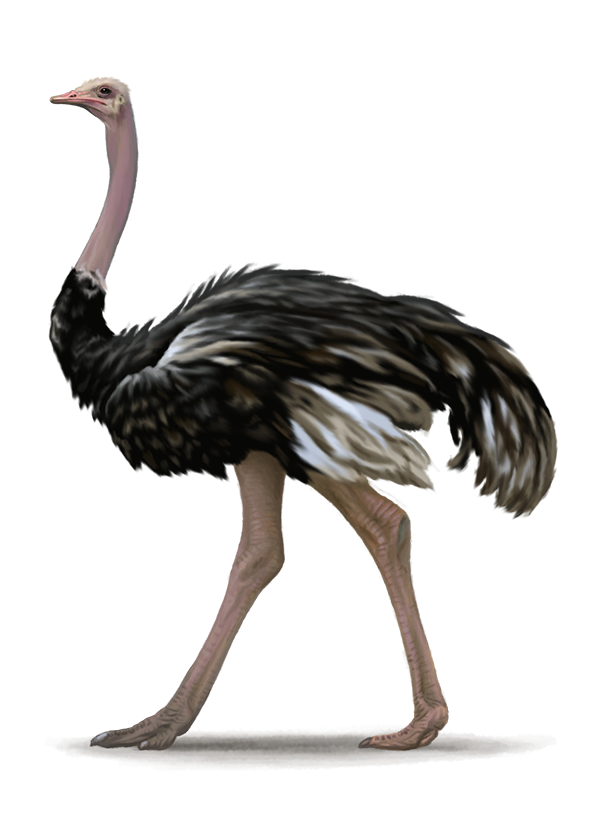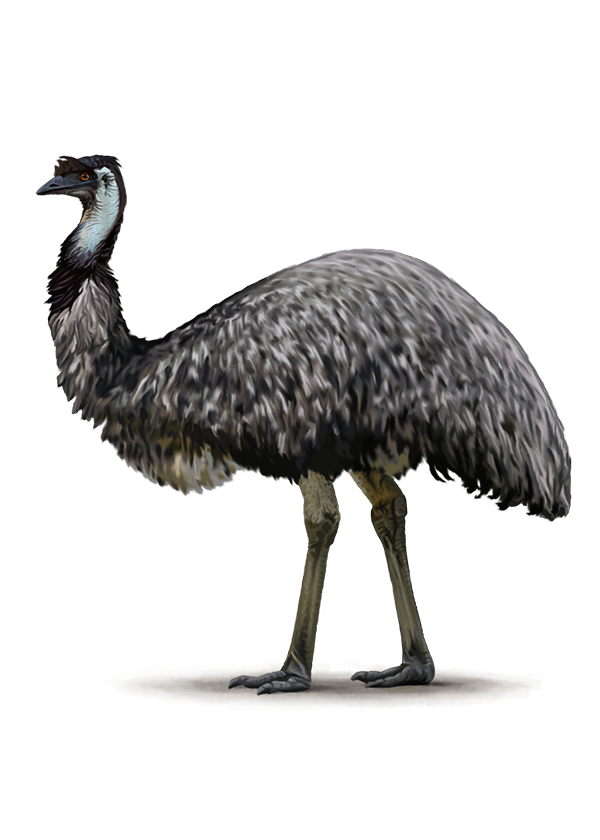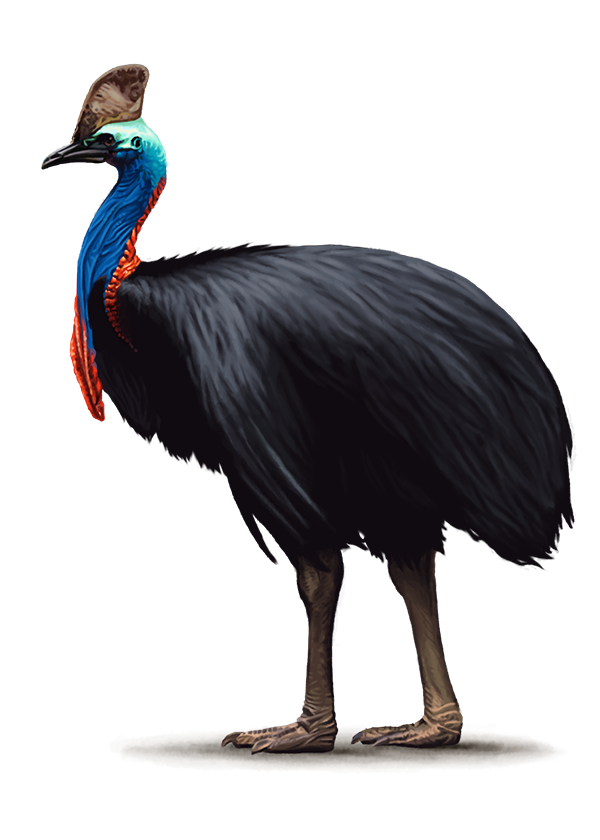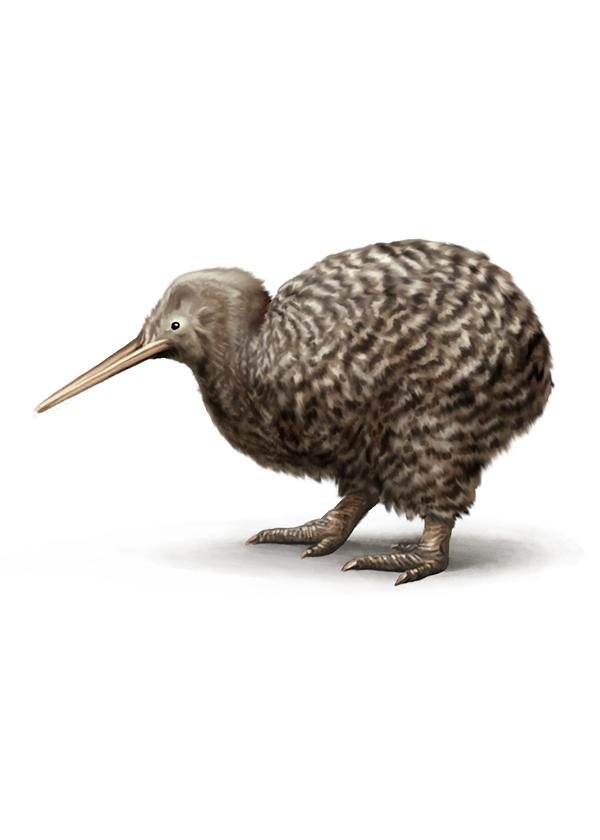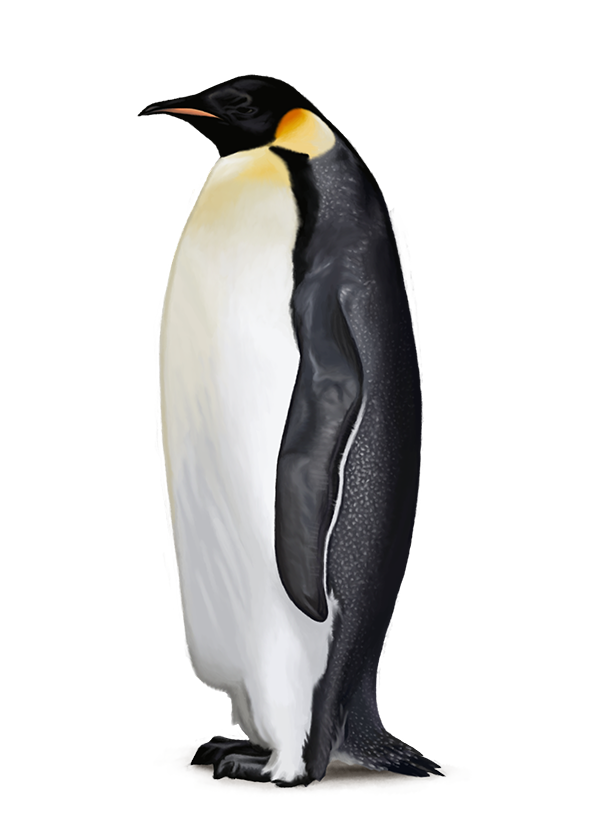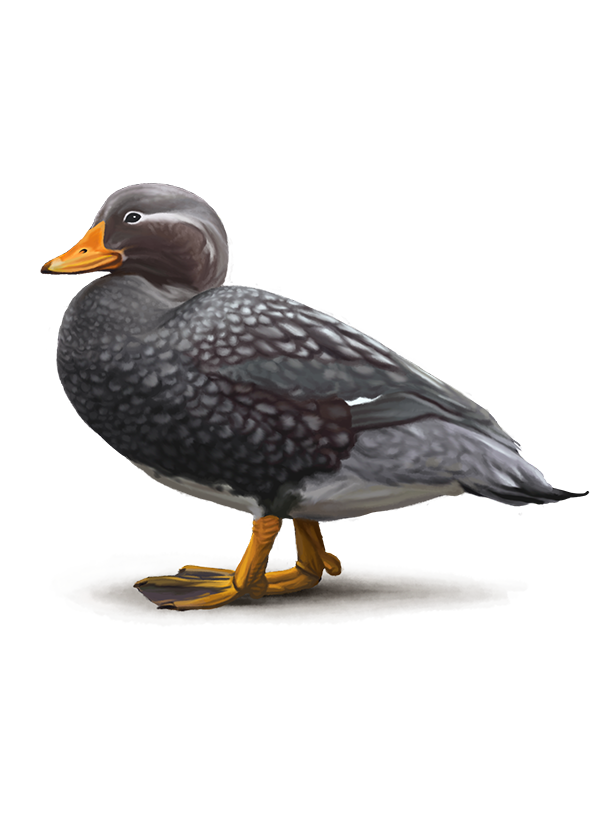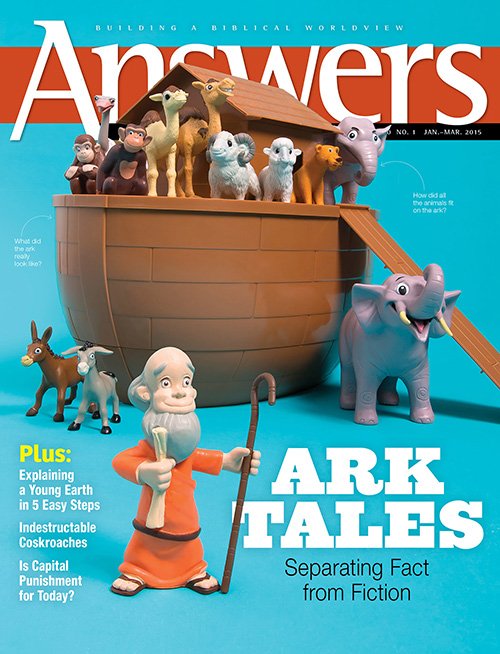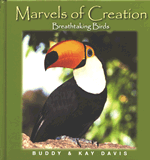Flightless Birds—Alternate Flight Plan
When we think of birds, we think of flight. But it appears the Creator had other plans, too. Along with birds of the air, He made birds that dash across the grassy plains and swim gracefully under the open sea!
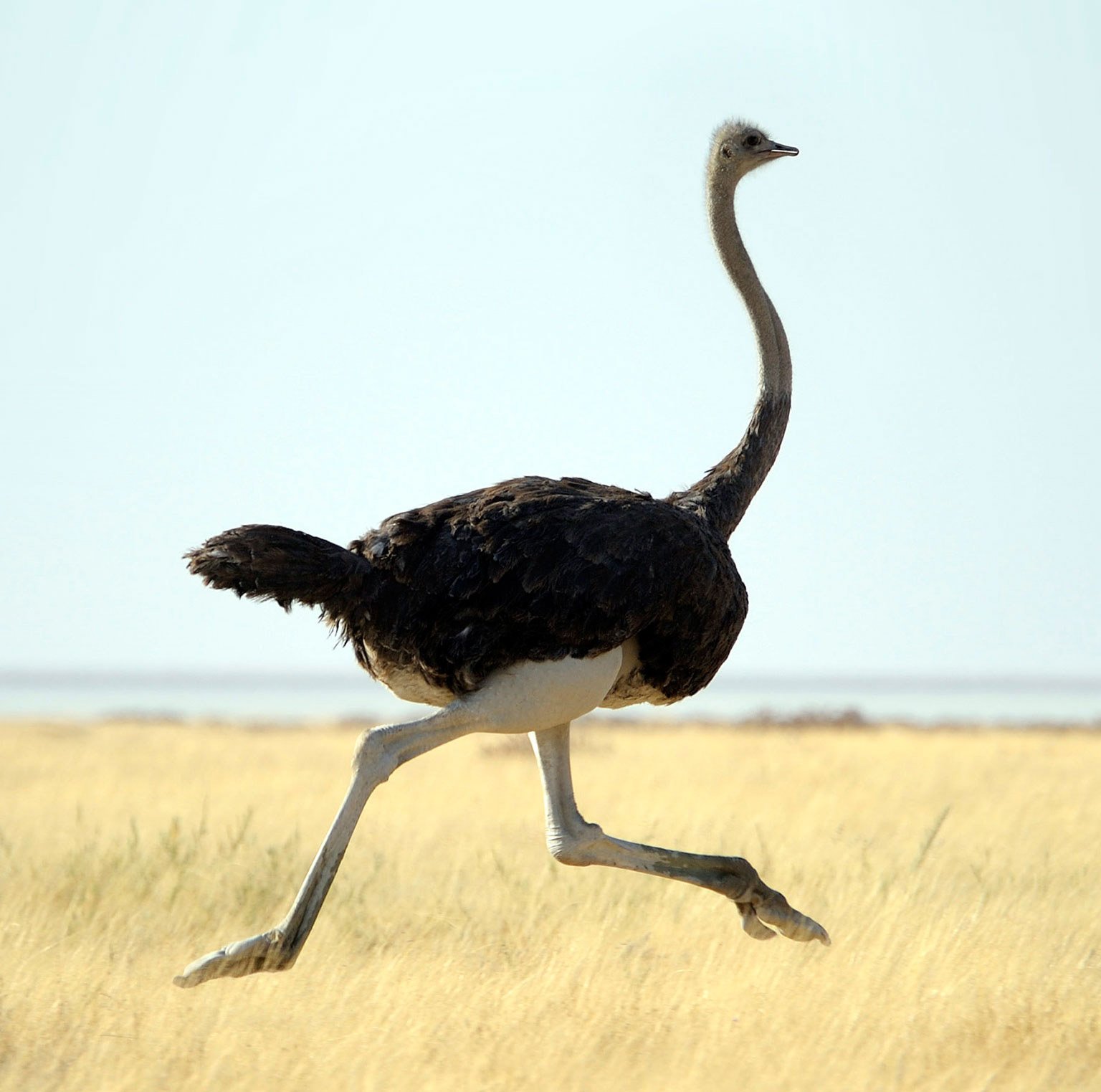
How would you describe a bird? Why, it is a feathered creature that flies through the air, of course! Flight is perhaps the most distinctive and enviable characteristic of birds. Genesis 1:20 even tells us that on Day Five of the Creation Week, God spoke into existence “fowl that may fly above the earth.”
But wait! There are 38 species and endemic island subspecies of flightless land birds and 26 flightless waterbirds alive today (out of approximately 10,000 present-day bird species). They can be placed in four major categories: the ratites, penguins, rails, and waterbirds (and additionally two unusual species—a parrot called the kakapo and the heron-like kagu of New Caledonia).1
Did God originally design them this way, or did they lose their ability to fly? How can they be explained as part of God’s creation? Let’s take a look at each category to see any evidence of special design, and then you decide.
The Ratites
When someone says “flightless bird,” the first examples that usually come to mind are ratites (from the Latin word ratis for “raft”). Most other birds have a keel—a projection of the sternum, or breastbone, where the flight muscles are attached. But five families of flightless birds do not have this keel. Instead, their sternum is flat like a raft, hence their collective name “ratites.”
These unique families include ostriches (two species), rheas (two species), cassowaries (three species), emus, and five species of kiwis. Far from being malformed creatures that have somehow “devolved” from their ability to take to the airways, their long, powerful legs and feet and other unique features show evidence of wonderful design to help them survive and thrive in their respective habitats. Each family of ratite has unique characteristics that point to their wise Creator, who wanted to fill the earth with grand diversity that glorifies Him (Job 12:7–9; Romans 1:18–20).
The Ostrich
The ostrich, for example, is the largest and heaviest living bird on the planet, standing 7–9 feet (2.1–2.75 m) tall and weighing 220–287 pounds (100–130 kg). These powerful, fleet-footed giants once ranged across Europe and Asia but are now restricted to the African plains. They are uniquely designed with just two toes, giving them a great advantage as the fastest running avian species (31 mph [50 km/h] over long distances and sprinting up to 43.5 mph [70 km/h]). With a stride of 11.5 feet (3.5 m), they can cover great distances with minimal effort, and their stamina exceeds that of mammals.2 Their eyes are also specially designed. They are the largest of all terrestrial animals’ eyes (2.2 inches [55 mm] in diameter), giving them excellent eyesight to detect potential predators from great distances.
Rheas
Like the ostriches of Africa, the rheas of South America have excellent eyesight and hearing. They are outstanding swimmers, can easily cross rivers, and use their stunted wings for maneuverability and balance as they race across the plains.
Cassowaries
The southern cassowary is found in Australia and New Guinea, but the other two species are found only in New Guinea. Cassowaries are able to run up to 31 mph (50 km/h), and jump 5 feet (1.5 m) into the air from a standing position. They have been termed “living fossils” because they are essentially the same as fossil cassowaries. This presents a problem for evolutionists since obviously there has been no evolution observed.
The Emu
Australia has another flightless bird, the emu, second only to ostriches in height. It has a heavy, compact body, and very small wings, but powerful legs and feet for running. The fossil record contains several emu species, but only one survives today. As far as we know, they were always flightless.
Kiwis
The five living species of kiwis are another unforgettable reminder that flightless birds have unique designs enabling them to thrive in diverse places. All are endemic to New Zealand (only found there). They have no tail, and their tiny wings (1.6–2 inches [4–5 cm] long) are hidden beneath their body plumage. New Zealand has no native land mammals, but surprisingly kiwis exhibit many mammalian features.
Kiwis are nocturnal but have poor night vision, contrary to evolutionary theory for nocturnal birds. Their senses of smell and hearing are keen, however, and more characteristic of mammals than birds. Unlike most birds, kiwis’ nostrils are at the tip of their flexible, 8-inch (20-cm) long bill that, along with their keen hearing, enables them to detect invertebrates in leaf litter and even underground.
Another exceptional mammal-like feature is the marking of their burrows and territories with their pungent droppings. Other unique features include a body temperature of 100oF (38oC) that is lower than that of most birds (which is around 102–106oF, again, more typical of mammals than birds), and 30% of their body weight is composed of subcutaneous fat (important when food is scarce).3
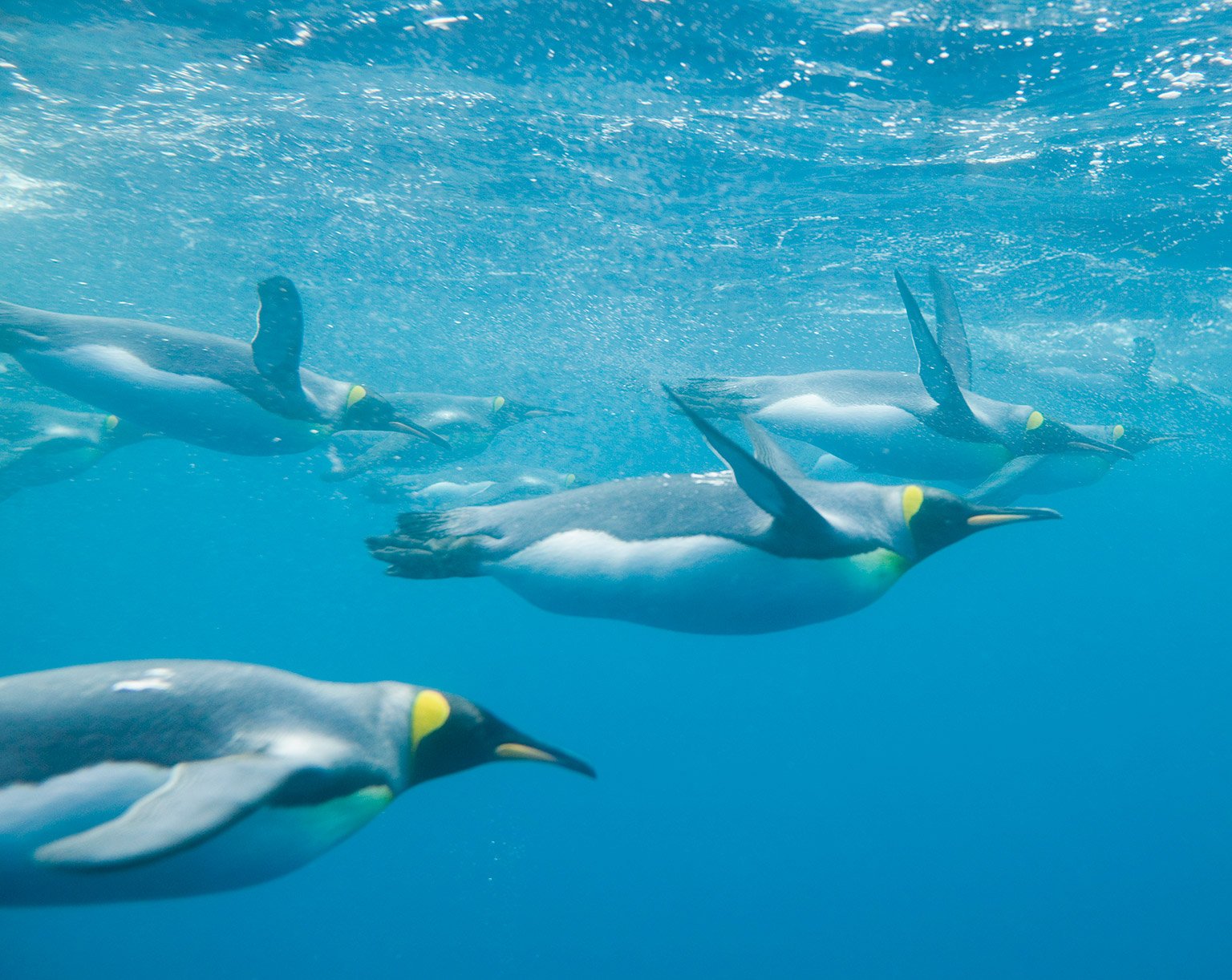
The Penguins
When people talk about flightless birds, often they think about penguins first. They are wonders all by themselves. The 18 species of penguins cannot fly through the air, but they use their uniquely designed wings with dense bones and strong muscles to “fly” through the water. These and many other designs allow them to flourish in cold oceanic regions and waters.
Evolutionists claim that penguins once had the ability to fly, but there is no scientific evidence in the fossil record to substantiate this claim. Fossil remains of a penguin found in 1859 showed a tarsus bone and metatarsus bone fused in a way peculiar to those of penguins today, indicating that they have not changed substantially over the millennia.4
Penguin fossils are found in Eocene rocks, which creationist paleontologists believe were laid down soon after birds and land animals left the Ark. From this evidence, The Biology of Penguins (1975) concludes, “The late Eocene penguins were already completely incapable of aerial flight.”5 So it is very probable that modern penguins’ parents waddled off the Ark rather than flying off.
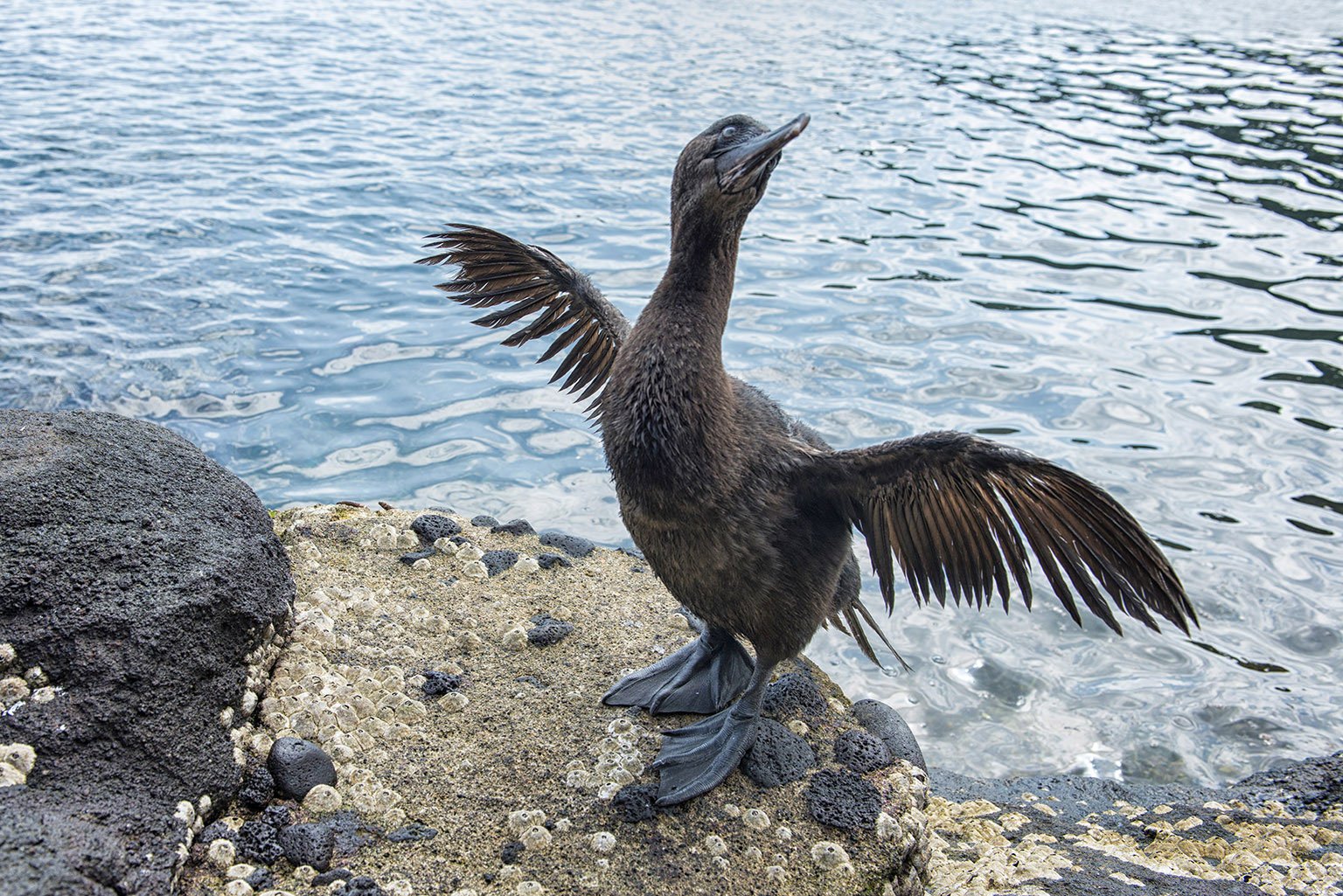
Other Flightless Birds
The other kinds of flightless birds have a different story from the well-designed ratites that race overland and the penguins that fly underwater. Only a few species of rails, cormorants, and waterbirds don’t fly. In these families, flightlessness is the exception rather than the rule.
The one flightless species of cormorant, 22 of the 23 species of flightless rails, and three of the four species of flightless ducks inhabit remote islands or coastal areas of continents.6 This begs the question, how did they originally get to these remote places, and why are they now flightless?
Evolutionists presume that all were once able to fly, but this is not required by the biblical model of biogeography. The devastation brought about by the worldwide Flood of Noah’s day and changes in climate and sea level after the Flood (that is, the rapid Ice Age) could have resulted in vast mats of floating vegetation and land bridges between the continents, facilitating the movement of both flying and flightless birds from continent to continent and to many remote islands. Perhaps some birds flew to remote places and then lost the ability to fly, but that is still an open debate among creationists.
Is Flightlessness God’s Original Blueprint?
Evolutionists’ thinking on the evolution of flightlessness has shifted significantly in the recent past. There is no consensus, for example, as to whether all the ratites evolved from a single common ancestor or separately from different flightless ancestors. However, there is consensus among them that at one time, millions of years ago, all currently flightless birds could fly, including the ratites.8
Creationists, in contrast, believe that God created many different kinds of birds from the very beginning, just a few thousand years ago. They have no reason to assume every winged creature came from a single ancestor that flew.9
At present, however, there is no consensus among creationists whether some kinds of birds never flew. Some believe that all birds were initially created with the ability to fly.10 Supporting this belief is the fact that the keels of several species seem to be in different stages of deterioration, thus possibly indicating the progressive loss of flight. For instance, the keel of the flightless cormorant is much smaller than those of other cormorants,11 the sternum of the kakapo (Strigops habroptilus, a flightless parrot of New Zealand) is now just a low ridge,12 and the ratite sternum is completely flat, with no semblance of a keel.
In addition, the major muscles needed for flight must be used regularly to maintain their size and tone or they quickly atrophy, leading to flightlessness, in some instances in just a few generations. For instance, several domesticated birds like the caged and otherwise confined chicken and turkey, which lead very inactive lives compared to their wild counterparts, have lost their ability to fly.13
Scientific evidence also indicates that the loss of the ability to fly can be caused by mutations (such as has occurred in the flightless cormorant and some beetles, flies, and moths) or environmental factors, causing natural selection to come into play. Isolation on predator-free islands diminishes or eliminates altogether the necessity for both flight and the replacement of the flight feathers, thus conserving much energy.14
Other creationists believe, however, that certain bird kinds were created by God to be flightless. Their unique and integrated designs, especially ratites and penguins, point to God’s special design, not accidents and loss. The kiwi was probably created as a distinct bird kind designed for ground dwelling habitats, argues Christine McDonald, and has often been called an “honorary mammal.” Also, fossil remains, discussed above, support the belief that the ratites and penguins were originally created flightless.
What is the bottom line? The Bible does not reveal God’s original blueprint for birds with regard to flight or flightlessness, unless we believe that the phrase “fowl that may fly above the earth” in Genesis 1:20 refers to all created bird kinds. Therefore, we cannot answer the question posed above definitively. It could be one or the other, or a combination of factors. What we do know, however, is that God in His infinite wisdom created them all during Creation Week, some 6,000 years ago, with the ability to survive and thrive (Psalm 104:24).

Dodo birds (a type of pigeon) survived quite well on the island of Mauritius, in the Indian Ocean, until Europeans arrived in the late 1500s, hunting them to extinction.
Does Flightlessness Lead to Extinction?
Flightless birds sometimes get a bad rap—clumsy failures like the dodo bird that are supposedly destined for extinction. While it’s true that their survival is now threatened, the reason is not bad design.
According to Clive Roots’ Flightless Birds (2006), “The many extinctions of flightless species during the last four centuries is out of all proportion to the losses of flying birds during the same period . . . and Homo sapiens is entirely to blame.”7 Over the years, man brought his weapons to these islands for hunting, along with predatory animals such as cats, dogs, rats, and stoats, which decimated the bird populations, and herbivores (goats, cattle, and sheep), which destroyed their habitats.
Several iconic flightless birds have gone extinct since the 1400s: the elephant birds of Madagascar and moas of New Zealand (both ratites), and one pigeon—the dodo of Mauritius. Skeletons of the great elephant bird (Aepyornis maximus) indicate that it stood some 9.8 feet (3 m) tall and weighed more than any other bird, past or present. These proved easy prey for humans and their introduced animals.
Design or Deterioration?
Design or Deterioration?

Dodo birds (a type of pigeon) survived quite well on the island of Mauritius, in the Indian Ocean, until Europeans arrived in the late 1500s, hunting them to extinction.
Does Flightlessness Lead to Extinction?
Flightless birds sometimes get a bad rap—clumsy failures like the dodo bird that are supposedly destined for extinction. While it’s true that their survival is now threatened, the reason is not bad design.
According to Clive Roots’ Flightless Birds (2006), “The many extinctions of flightless species during the last four centuries is out of all proportion to the losses of flying birds during the same period . . . and Homo sapiens is entirely to blame.”7 Over the years, man brought his weapons to these islands for hunting, along with predatory animals such as cats, dogs, rats, and stoats, which decimated the bird populations, and herbivores (goats, cattle, and sheep), which destroyed their habitats.
Several iconic flightless birds have gone extinct since the 1400s: the elephant birds of Madagascar and moas of New Zealand (both ratites), and one pigeon—the dodo of Mauritius. Skeletons of the great elephant bird (Aepyornis maximus) indicate that it stood some 9.8 feet (3 m) tall and weighed more than any other bird, past or present. These proved easy prey for humans and their introduced animals.
Answers Magazine
January – March 2015
This issue clears up ten common misconceptions about the Flood. Also discover the most profound evidence for creation on the planet.
Browse Issue SubscribeFootnotes
- Clive Roots, Flightless Birds (Westport, Connecticut: Greenwood Press, 2006), xiii–xiv.
- J. del Hoyo, A. Elliott, and J. Sargatal, eds. Handbook of the Birds of the World, vol. 1, (Barcelona: Lynx Edicions, 1992), 77.
- Ibid., 107.
- Ibid., 145.
- Bernard Stonehouse, ed., The Biology of Penguins (Baltimore: University Park Press, 1975), 32.
- Ref. 1, xiv.
- Ref. 1, xvi.
- Allan J. Baker, Oliver Haddrath, John D. McPherson, and Alison Cloutier “Genomic Support for a Moa-Tinamou Clade and Adaptive Morphological Convergence in Flightless Ratites,” Molecular Biology and Evolution 31 (2014), 7:1,686–1,696.
- The constraints of this article do not allow for a thorough discussion of the idea of millions of years, but it cannot be substantiated by scientific investigation or a clear understanding of the creation account in Genesis 1–2. See https://answersingenesis.org/theory-of-evolution/millions-of-years/seven-reasons-why-we-should-not-accept-millions-of-years/.
- David Catchpoole, “Of Moas and Men,” Creation, January–March 2011, 12–14.
- Lita Cosner and Jonathan Sarfati, “The Birds of the Galapagos,” Creation, June–Aug. 2009, 28–31.
- Ref. 1, 66.
- Ref. 1, ix.
- Ref. 11.
Recommended Resources

Answers in Genesis is an apologetics ministry, dedicated to helping Christians defend their faith and proclaim the good news of Jesus Christ.
- Customer Service 800.778.3390
- © 2024 Answers in Genesis



